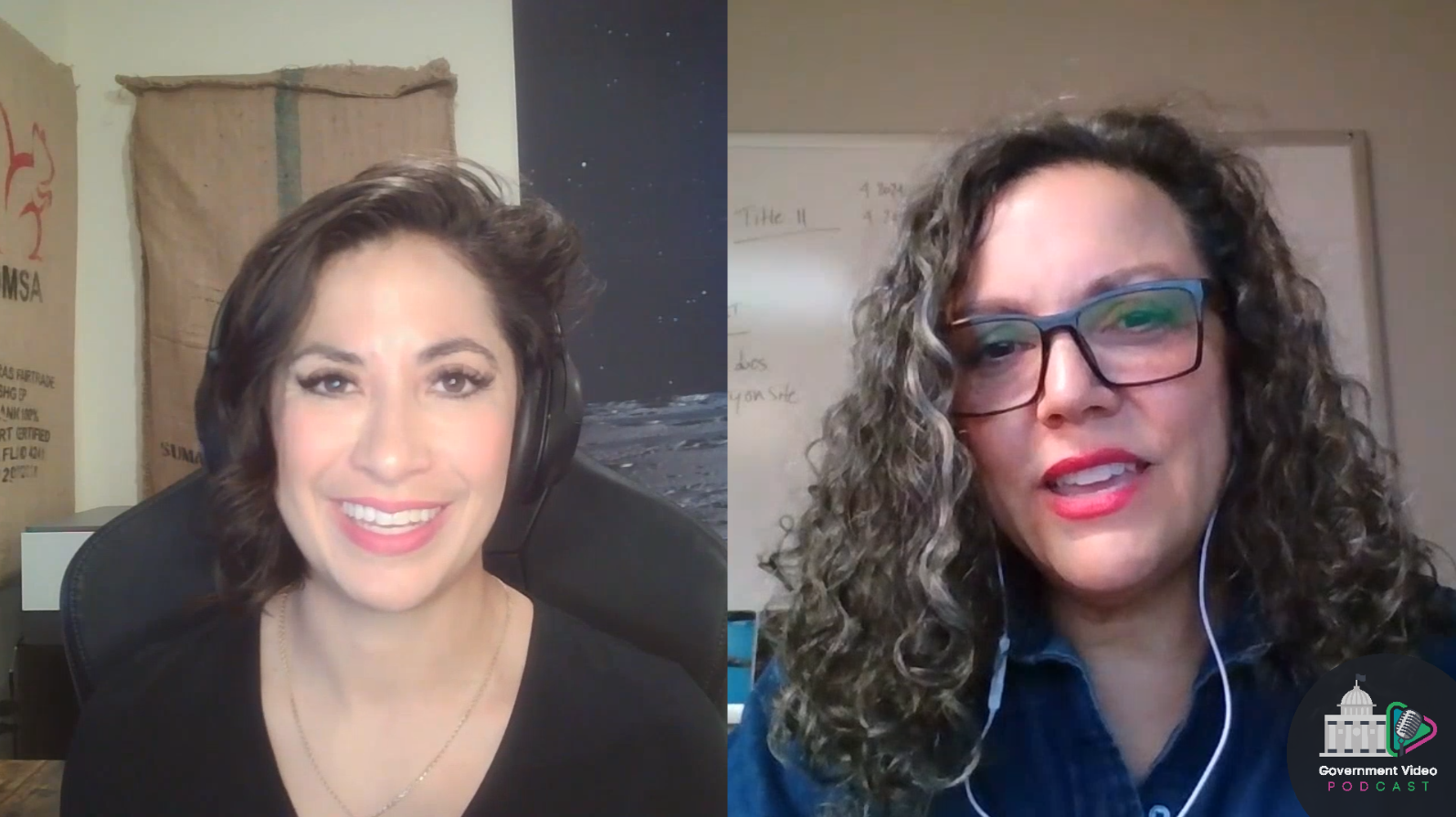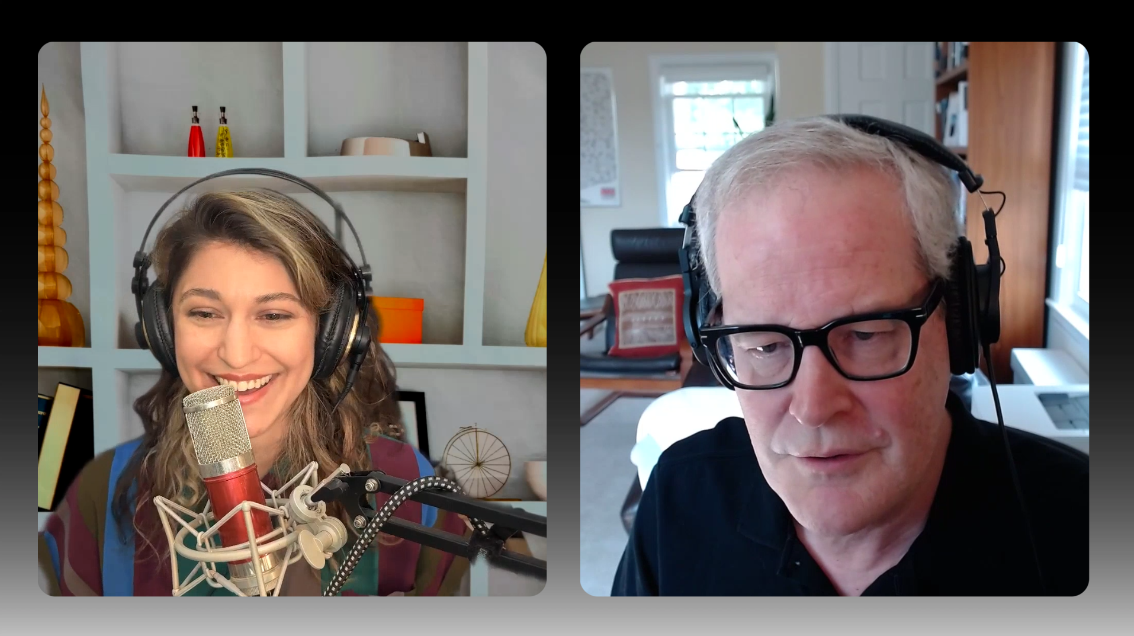
Hey, everyone, Dana Healy here, and we were happy to welcome Jay Wyant, the chief information accessibility officer from the state of Minnesota, to this edition of our Government Video Podcast. Yes, the countdown has started for community media accessibility compliance, but organizations don’t have to see this simply as a legal burden. A better way forward is to change the culture and embrace the importance of accessibility.
For example, in Minnesota, accessibility isn’t treated as a checkbox or a one-time compliance project. It’s a shared value built into the DNA of how the state communicates with its residents.
Wyant has spent more than a decade transforming accessibility from a legal requirement into a statewide cultural norm, one that city IT and media professionals can model in their own operations. His journey began in 2012 when he became one of only three statutory IT officers in the state. His role was born out of legislation requiring all state agencies to meet digital accessibility standards based on federal Section 508 and the Web Content Accessibility Guidelines (WCAG).
Cultural Ownership Builds Structure
Accessibility has to live in every layer of the organization, from leadership to frontline staff, to be effective. Wyant explained that success depends on shifting from a compliance mindset to a cultural one, where everyone understands why accessibility matters and has the tools to make it real.
Shared responsibility means building accessibility into every workflow. From IT to communications to media production, accessibility needs to be a shared responsibility across every department, because inclusive government communications don’t happen in isolation.
For example, Minnesota has built a network of digital accessibility coordinators across agencies who collaborate across traditional silos, share resources, and solve problems together. That collaboration has led to a stronger statewide foundation for government meeting accessibility and improved media workflows for government agencies.
When public meetings are streamed, recorded, and archived, the goal is clear: Every resident should be able to access the content, whether through captions, transcripts, translations, or descriptive audio. This vision extends well beyond Minnesota’s borders. It represents the future of accessible city council meetings and civic transparency nationwide.
Universal Design Benefits Everyone
One of Wyant’s most powerful concepts is universal design, the idea that accessibility features created for one group ultimately help everyone. He compares this to the “curb cuts” in sidewalks, originally designed for wheelchair users but now used daily by parents with strollers, delivery workers, and anyone with temporary mobility issues.
Digital media offers countless examples of this principle in action. When Minnesota built its COVID-19 vaccination registration site, the team quickly realized that traditional CAPTCHA security tools would block people with disabilities from signing up. By replacing CAPTCHA with a more accessible authentication system, the process became easier for everyone.
That same philosophy applies directly to local government media strategies. When video teams include audio descriptions in council meeting recordings or enable multilingual audio services for non-English-speaking residents, they’re strengthening civic participation, not just meeting online community media ADA requirements.
Collaboration That Breaks Barriers
Many municipal communications departments operate with minimal staff and resources. Wyant understands that challenge firsthand, as he led accessibility efforts as a one-person team for years. His advice for smaller teams: Start by assessing what you already have, focus on high-impact improvements, and point staff to free resources like the Minnesota IT Accessibility Toolkit or training modules from organizations such as WebAIM and the W3C.
Small steps, like ensuring captions are accurate or adding brief descriptions of visuals during council presentations, can make a big difference. Another easy win is encouraging speakers in public meetings to identify themselves before talking. For residents listening remotely or those using assistive technology, this small habit significantly improves understanding and inclusivity.
When accessibility is shared across every role, collaboration becomes a cultural habit and accessibility thrives. In Minnesota, cross-department coordination has broken down barriers between the legislative, executive, and judicial branches. Agencies share tools, training, and even funding to achieve consistent standards statewide. This collaborative spirit embodies what collaboration in local government media should look like—departments working together to ensure no resident is left behind.
Minnesota Is a Model for Accessibility
The cultural shift didn’t happen overnight. Wyant describes the process as “stirring the pot,” a continual effort to remind teams, train new employees, and reinforce why accessibility matters. The result is a government that not only meets ADA requirements but sets a model for others to follow. “Eventually, over time, stirring that pot makes things happen,” he said. “There are still people who aren’t even aware of what we do and who we are, even though we’ve been talking about it for 15 years. That happens. We just have to keep stirring the pot.”
As cities nationwide prepare for the WCAG 2.1 AA update, Minnesota’s story offers a blueprint. Embedding accessibility into the culture of government media means rethinking how information is created, shared, and maintained. It’s about adopting inclusive government communications practices that make city meetings, websites, and community videos usable by all residents.
Today, accessibility goes beyond an IT or legal issue. Instead, it’s a reflection of public service values. Every city has the power to communicate more inclusively, transparently, and effectively with its community.
As Wyant put it, government doesn’t get to choose who uses its services. Everyone deserves equivalent access. Minnesota’s experience shows that when a culture champions accessibility, it becomes a shared value. And a culture of accessibility sustains compliance. Learn more from Wyant about effective accessibility from our Government Video Podcast.
Event Replay - Demystifying Closed Captioning: What WCAG 2.1AA Really Requires for Government Video
Get clarity on WCAG 2.1AA captioning requirements. Learn what’s required, what’s recommended, and how to keep your government video content compliant.
.png)








.png)
.png)




